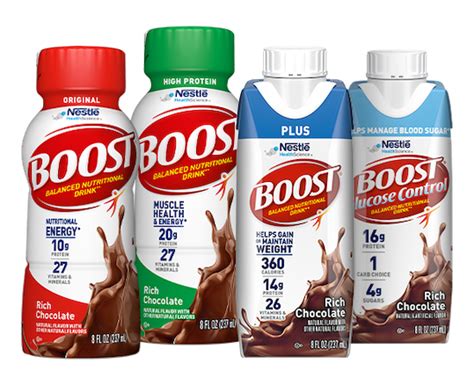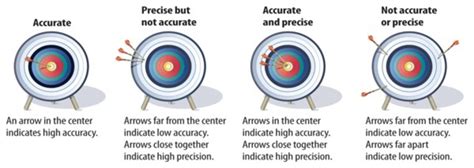Stalled on strength? How to re-optimize training for breakthrough performance?

Breaking Through the Strength Plateau: A Guide to Re-Optimization
Every dedicated lifter eventually faces it: the dreaded strength plateau. That moment when your numbers refuse to budge, your lifts feel stagnant, and the initial surge of progress has dwindled to a frustrating crawl. It’s a common, albeit disheartening, phase in any strength journey. But a plateau isn’t a dead end; it’s a signal. It means your body has adapted to your current demands, and it’s time to re-evaluate and re-optimize your training approach to stimulate new growth and achieve breakthrough performance.

Understanding Why Progress Stalls
Before we can break through a plateau, we must understand its origins. Stalling can stem from several factors, often a combination of them. Physiologically, your body adapts to stress. If the stimulus remains constant, there’s no longer a need to grow stronger. Other culprits include inadequate recovery, nutritional deficiencies, overtraining, neglecting technique, or even psychological fatigue.
Common Training Traps That Hinder Progress
- Lack of Variation: Sticking to the same exercises, sets, and reps for too long.
- Poor Recovery: Insufficient sleep, chronic stress, and not incorporating deload weeks.
- Nutritional Deficiencies: Not consuming enough calories or macronutrients to support muscle growth and recovery.
- Ignoring Weak Links: Focusing only on big lifts and neglecting accessory work that addresses muscular imbalances.
- Inconsistent Programming: Random workouts without a clear progression strategy.
Strategic Approaches to Re-Optimize Your Training
1. Implement Periodization and Vary Your Stimulus
Periodization is the systematic planning of training to maximize performance and prevent overtraining. Instead of constantly pushing for PRs, cycle through different phases focusing on hypertrophy, strength, and power. This could mean varying your rep ranges (e.g., 3-5 reps for strength, 8-12 reps for hypertrophy), changing exercises, or altering training volume and intensity week to week or month to month.
Undulating Periodization: This involves varying intensity and volume on a daily or weekly basis, preventing your body from fully adapting to one stimulus. For example, Monday could be heavy strength, Wednesday moderate hypertrophy, and Friday light power.

2. Prioritize Deloads and Active Recovery
Overtraining is a silent killer of progress. Scheduled deload weeks (reducing volume and/or intensity by 40-60%) allow your body and central nervous system to recover, adapt, and come back stronger. Don’t view a deload as weakness; view it as a strategic tool for long-term progress. Incorporate active recovery like light cardio, stretching, or foam rolling on off days.
3. Address Your Weak Links and Improve Technique
Often, a plateau isn’t a limit to your overall strength but rather a weakness in a specific muscle group or a flaw in your lifting technique. Film your lifts to identify form breakdown points. Incorporate accessory exercises that strengthen these weaker areas. For example, if your bench press is stalled, focus on triceps extensions, dumbbell presses, or lat pulldowns to improve antagonist strength and stability.

4. Fuel Your Progress: Nutrition and Hydration
You can’t build a strong house without bricks. Similarly, you can’t build muscle or recover efficiently without proper nutrition. Ensure you’re consuming enough calories, especially protein (around 1.6-2.2g per kg of body weight) to support muscle repair and growth. Don’t neglect complex carbohydrates for energy and healthy fats for hormone production. Hydration is also critical for performance and recovery.
5. The Mental Game: Consistency, Patience, and Goal Setting
Breaking through a plateau requires mental resilience. Stay consistent with your re-optimized program. Progress isn’t linear, and patience is key. Set new, specific, measurable, achievable, relevant, and time-bound (SMART) goals to keep yourself motivated. Track your progress diligently; sometimes, even small improvements in reps or form indicate progress that a static weight might hide.

Putting It All Together: A Roadmap to Breakthroughs
Re-optimizing your training isn’t about one magic bullet but a holistic approach combining several strategies. Start by evaluating your current program and lifestyle. Identify which areas are most likely contributing to your stall. Implement one or two changes at a time, track the results, and adjust as needed. Remember, the goal is not just to lift heavier but to become a more resilient, well-rounded, and adaptable athlete.

Conclusion
Hitting a strength plateau is an inevitable part of the journey, but it’s also an opportunity for growth. By intelligently re-optimizing your training with periodization, prioritizing recovery, addressing weak links, fueling your body correctly, and maintaining a positive mindset, you won’t just break through your current limits – you’ll lay the foundation for even greater breakthrough performance in the future. Embrace the challenge, learn from the stall, and prepare for your next level of strength.







